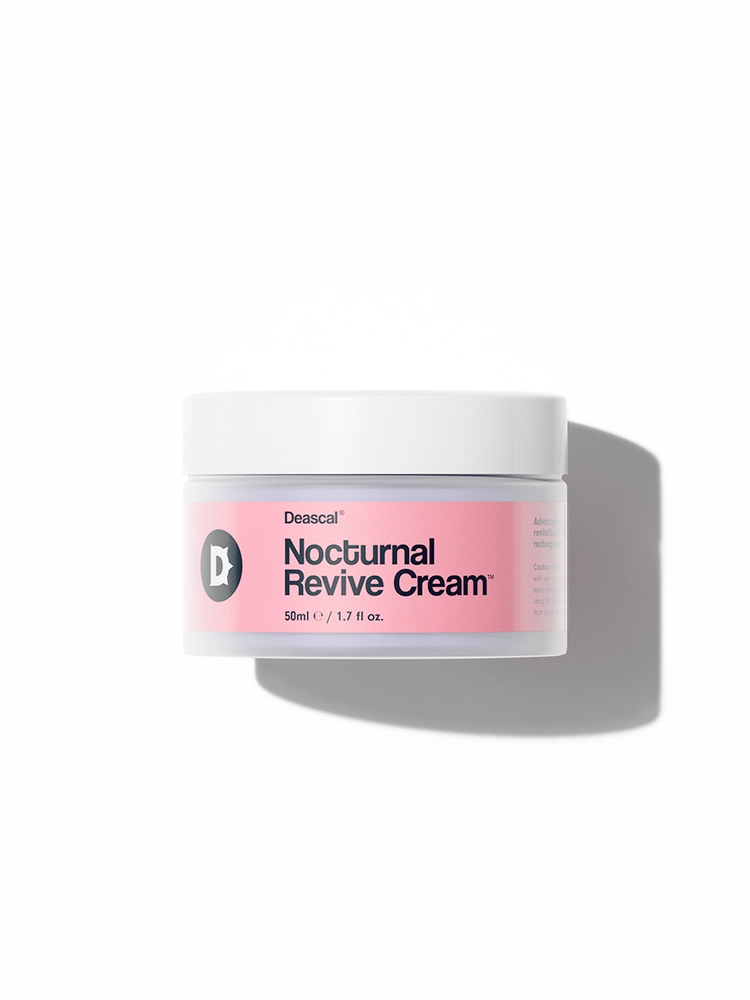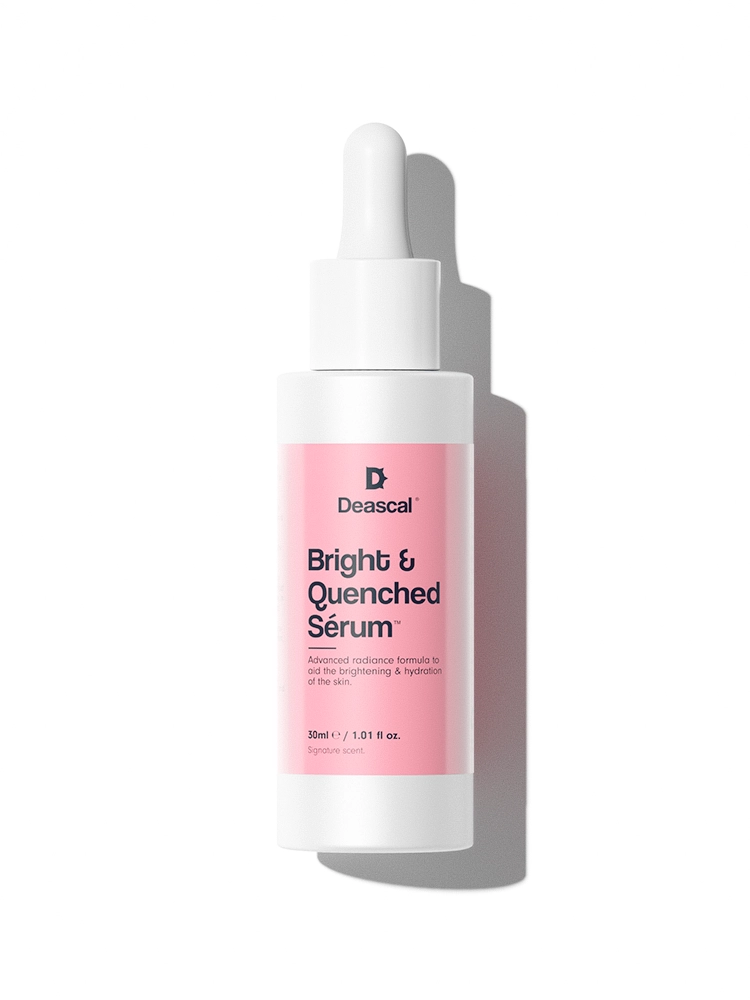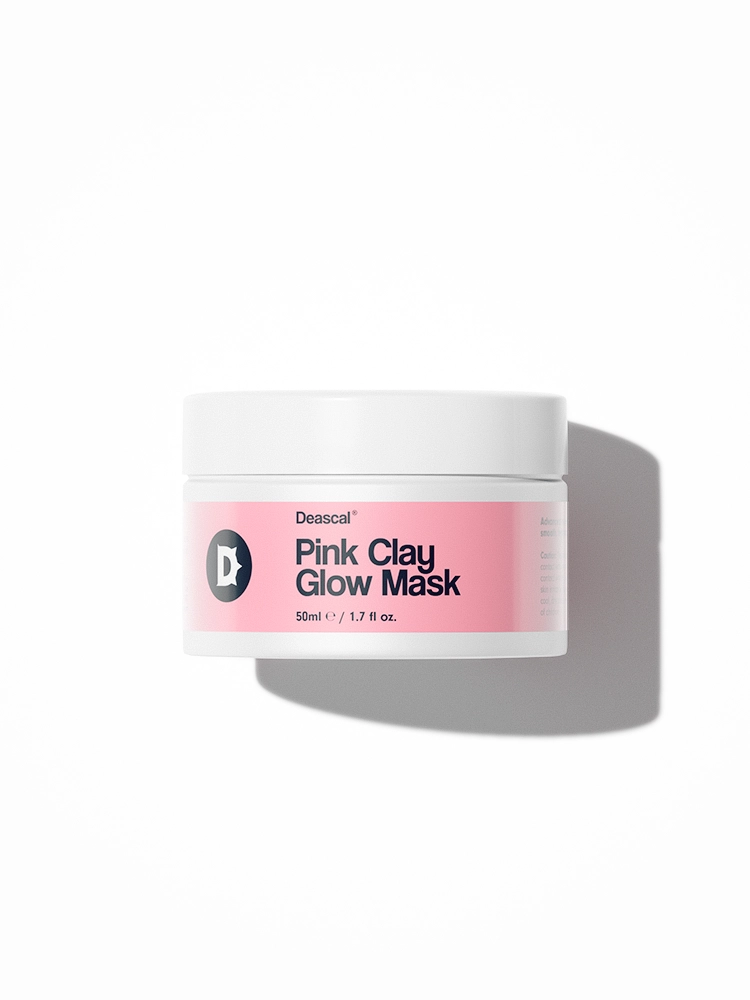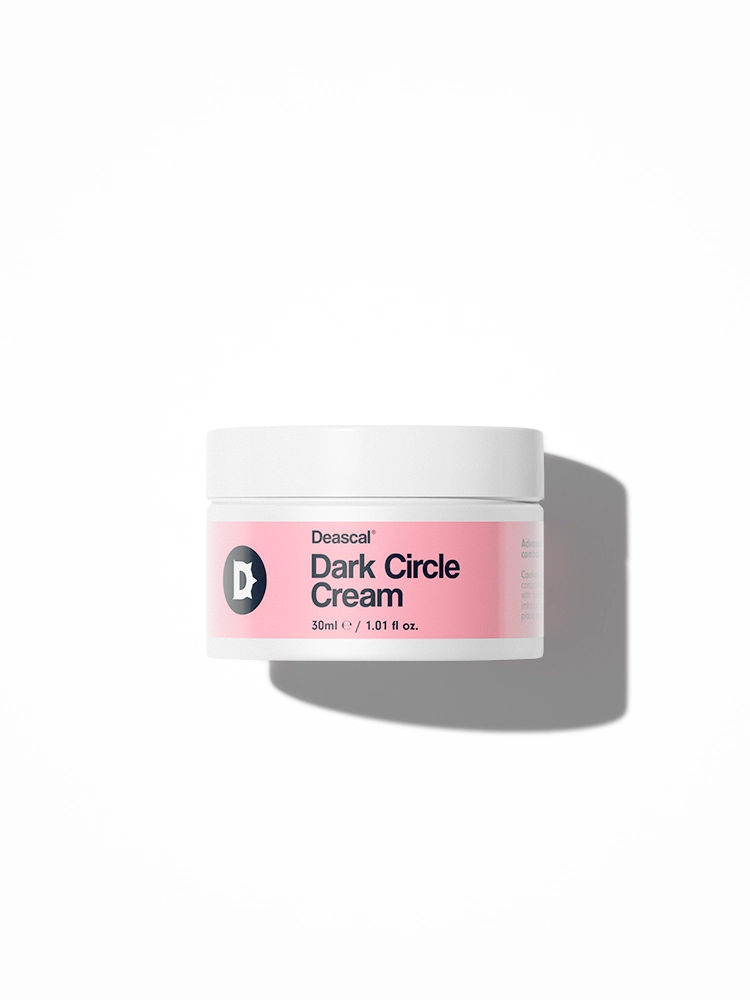What is Disodium Hydroxyethylamino Bismethylphosphonate?
Disodium Hydroxyethylamino Bismethylphosphonate, also known by its more scientific name, [[(2-hydroxyethyl)imino]dimethylene]bisphosphonic acid, sodium salt, is a specialized ingredient primarily used in cosmetics for its chelating properties. In simpler terms, a chelating agent is a substance that can bind to and neutralize metal ions, which can be detrimental to the stability and efficacy of cosmetic formulations.
This ingredient is synthesized through a series of chemical reactions that involve the combination of phosphonic acid groups with hydroxyethylamino groups. The resulting compound is then neutralized with sodium to form the sodium salt, making it more soluble and easier to incorporate into various cosmetic products.
Historically, the use of chelating agents in cosmetics has been driven by the need to improve product stability and performance. Metal ions, which can be introduced through water or other raw materials, can catalyze the degradation of cosmetic formulations, leading to reduced shelf life and efficacy. Disodium Hydroxyethylamino Bismethylphosphonate was developed as a more effective and versatile chelating agent, capable of binding a wide range of metal ions, thus ensuring the longevity and performance of cosmetic products.
In the world of cosmetics, this ingredient is often found in products such as shampoos, conditioners, and skincare formulations. Its ability to stabilize formulations and enhance the performance of other active ingredients makes it a valuable addition to many cosmetic products. However, it’s important to note that while it excels in its role as a chelating agent, it does not offer other benefits such as moisturizing, anti-aging, or UV protection.
The Benefits/Uses of Disodium Hydroxyethylamino Bismethylphosphonate
In this section, we will delve into the officially recognized cosmetic benefits and uses of Disodium Hydroxyethylamino Bismethylphosphonate:
Chelating Agent
One of the primary benefits of Disodium Hydroxyethylamino Bismethylphosphonate in cosmetics is its role as a chelating agent. But what does that mean for your skincare or beauty products? Essentially, a chelating agent helps to bind and neutralize metal ions that can be present in water or other ingredients. These metal ions, if left unchecked, can destabilize cosmetic formulations, leading to reduced effectiveness or even spoilage. By incorporating Disodium Hydroxyethylamino Bismethylphosphonate, manufacturers can ensure that their products remain stable, effective, and have a longer shelf life. This means that your favorite lotion or serum will maintain its intended texture, color, and performance for a longer period, giving you more bang for your buck.
Note: the listed benefits above are exclusively based on the officially recognized and defined functions of the ingredient, as documented by the International Nomenclature of Cosmetic Ingredients (INCI).
Potential Side Effects & Other Considerations
Disodium Hydroxyethylamino Bismethylphosphonate is generally considered safe for use in cosmetic products. However, as with any ingredient, there are potential side effects to be aware of:
- Skin irritation
- Allergic reactions
- Contact dermatitis
Regarding individuals who are pregnant or breastfeeding, data and research on the topical usage of Disodium Hydroxyethylamino Bismethylphosphonate during pregnancy and breastfeeding are lacking. Therefore, it is recommended that they consult a healthcare professional for further advice.
Adverse reactions to this ingredient are relatively uncommon, but it is always prudent to perform a patch test before widespread usage to ensure there is no sensitivity or allergic reaction.
In terms of comedogenicity, Disodium Hydroxyethylamino Bismethylphosphonate has a rating of 0, meaning it is considered non-comedogenic. This is good news for individuals prone to acne, blemishes, or breakouts, as it is unlikely to clog pores or exacerbate these conditions.




